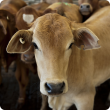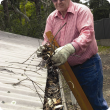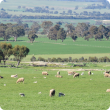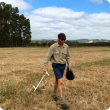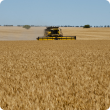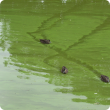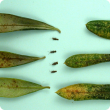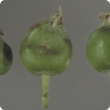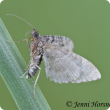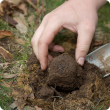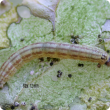Filter by regions:
- (-) Remove Great Southern filter Great Southern
- (-) Remove Peel filter Peel
- South West (892) Apply South West filter
- Mid West (761) Apply Mid West filter
- Wheatbelt (701) Apply Wheatbelt filter
- Perth regions (677) Apply Perth regions filter
- Goldfields-Esperance (647) Apply Goldfields-Esperance filter
- Gascoyne (532) Apply Gascoyne filter
- Kimberley (456) Apply Kimberley filter
- Pilbara (448) Apply Pilbara filter

